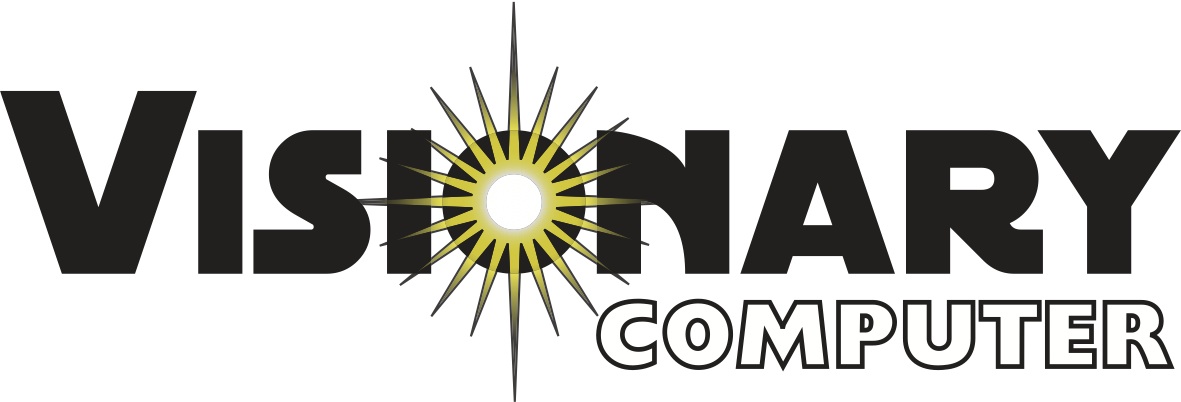macOS Catalina Warning!
/Warning
On Monday (October 7th 2019), Apple released the next-generation of the Macintosh computer operating system called macOS 10.15 Catalina. This new OS represents the biggest change in the underlying mac OS software technology that we’ve seen since 2011. As a result, this new OS will cause far more incompatibilities than the past few releases. Upgrading your Mac’s OS is a major endeavor which should never be taken lightly. There can often be serious consequences and expensive side effects.
All that said, we are very excited for Catalina, mainly because it adds some really cool new technological advancements, such as Sidecar, which allows you to use your iPad as a second display, and Voice Control, which is a transformative new way to control your Mac. Catalina also includes enhancements to several favorites like Photos, QuickTime Player, iCloud Drive, Find My Device, Mail, Safari, and the long awaited break-up of iTunes into apps specific for Music, TV, Podcasts and more.
Here’s three simple suggestions which can help make your upgrade as smooth and safe as possible:
1.) Back Up -You have got to have a full, current, Time Machine backup of your Mac before you even think about upgrading to Catalina. While reverting to a previous system is not easy, at least it’s possible if you have a full Time Machine backup. Without one, you are going for a deep space walk without a tether. Time Machine is easy and automated: all you need is a backup drive of some kind. Make sure you have one (or stop in and pick one up, we’ve got plenty in stock) and then check to make sure yours is operating correctly before you take the next step.
2.) List - All 32-bit software will not run on Catalina. That means many of our favorite programs will need to be updated before you install Catalina or they won’t work any more. Examples of software that won’t run include things like Office 2011 and Quicken 2007. There are lots more. Thankfully, it’s easy to see if you have any 32-bit applications on your Mac. Go to the Apple Menu and choose “About this Mac”; in the window that appears, choose “System Report…”; on the left side, look for “Software” and click the word “Applications”. It will take a few moments for the list to generate; when it does, click where it says “64-Bit (Intel)” to sort it by that column. Anything that says “No” in that column will not work with Catalina and will need to be upgraded or replaced.
3.) Wait - This is the hardest one on my list - we live in a world of instant gratification! However, waiting a few weeks is likely the very best general advice I can offer to customers. Within a few hours, millions of early adopters will have downloaded and installed Catalina, and they will no doubt uncover countless issues. Apple will be working diligently to squash bugs in the macOS and will quickly release 10.15.1. I’d likely recommend most customers wait until 10.15.2 comes out before upgrading. Additionally, all the 32-bit software from suggestion #2 will also likely see compatibility updates coming from the software publishers. They need time to get those things worked out. Waiting a few weeks will save you countless hours of frustration. Patience!
The old saying “your mileage may vary” very much applies here. If you are using mostly Apple software and staying current with all your third party software, you will likely have an easy upgrade. However, if you have old software, if you’ve missed a generation or two (or more) of macOS upgrades, or if you have an older computer then chances are your upgrade may be a little rocky and perhaps more costly. Not sure what to do? You can always schedule an appointment to meet with my technical team for a personalized evaluation of your upgradeability. Just be aware, we will likely use the next few weeks to gather data about what works and what doesn’t so sit tight and let the rest of us be your guinea pigs. Eventually Catalina will be a game changer and an incredible addition to your Mac.
Get ready!



